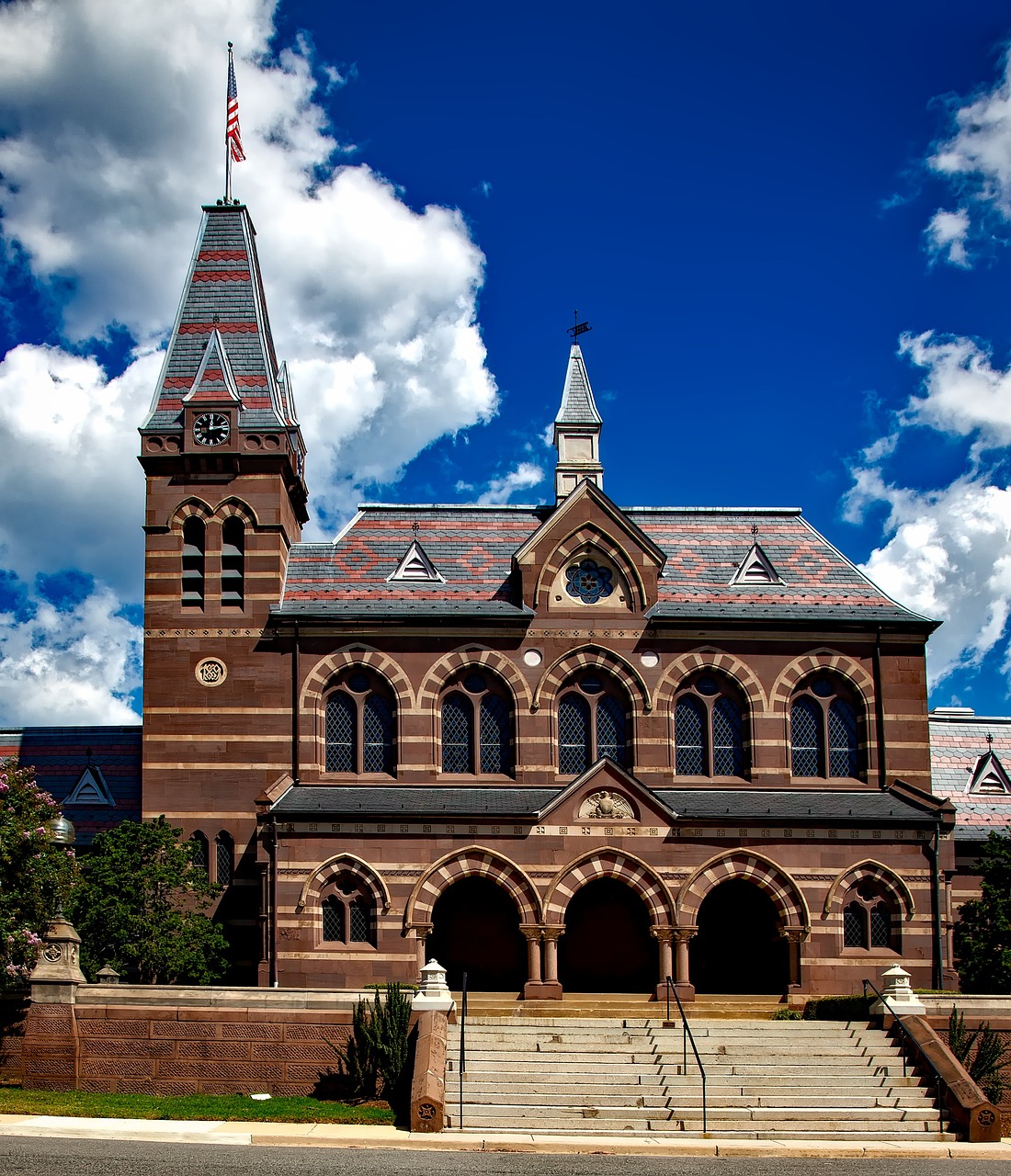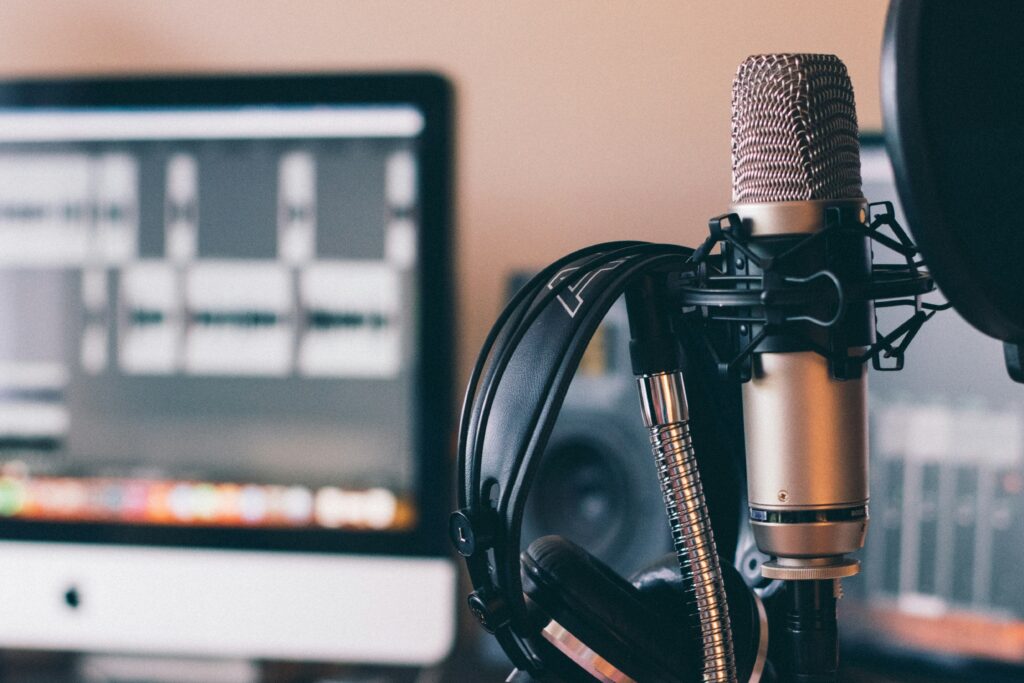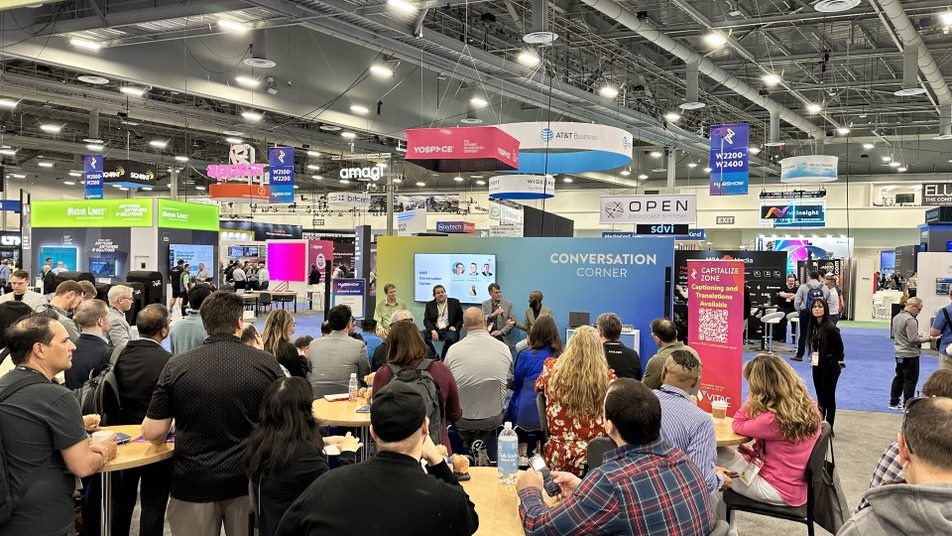April is Deaf History Month, a time to celebrate and raise awareness about the rich and diverse history of the deaf community. Originally running from March 13 to April 15 to coincide with the anniversary of the opening of the first school for the deaf in the United States, Deaf History Month is a way to honor and recognize the contributions, achievements, and struggles of deaf individuals throughout history.
History of Deaf Education
On April 15, 1817, the first school for the deaf in the United States was founded in Hartford, Connecticut. This school, now known as the American School for the Deaf, played a significant role in the advancement of deaf education.
Many years later, the school’s founder, Thomas Hopkins Gallaudet, would go on to found the now-renowned Gallaudet University. It was President Abraham Lincoln himself who signed the school’s charter in 1864.
Other key moments in deaf education:
- 1823 – The Kentucky School for the Deaf becomes the fourth school for the deaf in the United States and the first to be located west of the Allegheny Mountains
- 1855 – Iowa School for the Deaf opened by former American School for the Deaf alum, Edmund Booth
- 1968 – Rochester Institute of Technology establishes the National Institute for the Deaf, the first technological college in the world established for deaf and hard-of-hearing students
- 1988 – Gallaudet students protest to push for the appointment of the university’s first-ever deaf president, Dr. Irving King Jordan
Deaf History Outside of Education
In 2022, the National Association of the Deaf announced a shift to celebrate Deaf History Month from April 1 through April 30 to better embrace the full history of all deaf individuals. The goal was to shift the focus away from what had been primarily celebrating landmark events in higher education, and the NAD has continued that into 2023 by celebrating Deaf History Month all April.
The Americans with Disabilities Act (ADA) of 1990 was a landmark moment for the deaf community, as it mandated services that provide equal access to public spaces. Equal access includes captions, transcription, and sign language interpreters.
But one doesn’t need to dive too deeply into history books to find history-making moments in the deaf community. Even the past few years have seen important moments. The rise of social media and online platforms has provided new opportunities for deaf individuals to connect and advocate for their rights.
Greater representation in media and entertainment also has increasingly spurred awareness and advocacy. The 2022 Academy Award for the movie “CODA” marked the first time a film featuring primarily deaf actors won the Best Picture category. Television programs like “Only Murders in the Building” and “Hawkeye” featuring deaf characters and actors have also helped to spotlight the importance of both representation on-screen and off-screen access for all.
Recent years have also been history-making on the legal front, with recent lawsuits highlighting the importance of ensuring access to all forms of entertainment, even as new ones continue to emerge.
National ASL Day
Another significant moment in Deaf History is the emergence of American Sign Language (ASL). While educational institutions devoted to teaching deaf students were a significant step, many institutions prior to the 1950s still viewed sign language as a hindrance to the education and integration of deaf individuals. Many schools and educators favored the “oralist” tradition when it came to deaf students, stressing lip-reading over signing. That’s part of why the celebration of National ASL Day is now a key part of Deaf History Month.
National ASL Day, occurring April 15, is the celebration of ASL as a complete language, with its own grammar, syntax, and vocabulary. It is now recognized as the primary language of many deaf individuals in the United States and has become an essential part of deaf culture in the US.
Just as organizations celebrated Deaf History Month in different ways, many people celebrated National ASL Day in different ways. On April 15, Metallica announced that each music video from their recent “72 Seasons” album would be released with ASL. Disney also celebrated by adding an ASL option to the 2015 “Ant-Man” movie when viewed on the Disney+ platform.
Even national parks celebrated in their own way. The Great Smoky Mountains National Park chose to celebrate National American Sign Language Day this year with a special event featuring ASL interpreters leading a hike and teaching participants about the natural environment of the park.
Celebrating All Year
As April draws to a close, it’s important to remember that celebrating deaf history doesn’t have to be only once a year. All April, the National Association of the Deaf has been using its social media to feature deaf museums that individuals can explore all year long. And while celebrating National ASL Day brings awareness, anyone can learn American Sign Language any time of year by signing up for a class at a local community college or library, or with the help of apps like Marlee Signs or the ASL App.
Ultimately, celebrations like Deaf History Month and National ASL Day can help further inclusion and accessibility and promote a more connected world.




